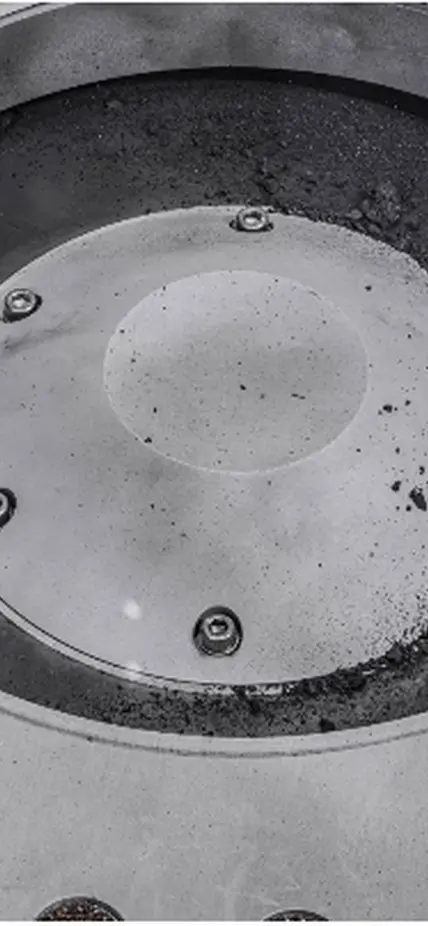In October, NASA announced the findings of its initial studies of material returned to Earth from the 4.5-billion-year-old asteroid Bennu by the OSIRIS-REx mission.
As the global scientific enterprise enters a new "golden age" of sample return, researchers will unlock a new understanding of our Solar System's history and the origins of the building blocks that allowed life to arise and thrive on Earth. The early analysis of Bennu samples showed evidence of high carbon content and water, which Carnegie scientists played a key role in elucidating.
"The first carbon measurement was made at the Carnegie Institution for Science,” the mission’s sample analysis lead Daniel Glavin said at the NASA press conference. “At the time this data came back, I mean, there were scientists on the team going, ‘wow, oh my God!’ … When a scientist says, ‘wow’ that's a big deal. So, we were excited right away. In fact, Carnegie said that, for the extraterrestrial samples they've analyzed, this is the highest abundance of carbon they've ever measured, in any extraterrestrial sample, and they've analyzed close to 250 meteorites, so this is a unique sample that we're dealing with."
Learn about the OSIRIS-REx work and the importance of sample return research from Carnegie's Conel Alexander and Dionysis Foustoukos.
